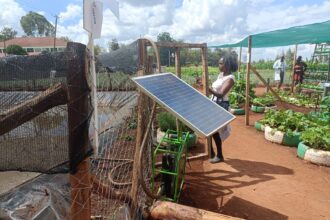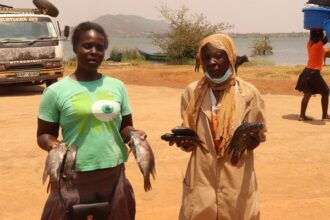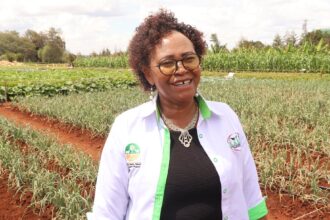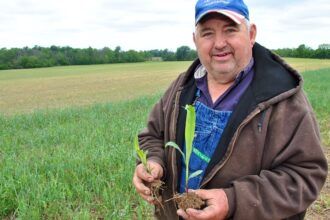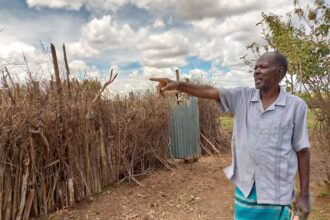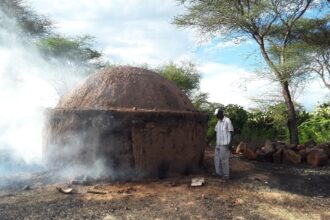World Seed Congress: Lobbyists call for partnerships to drive uptake of seed varieties.
Stephen Muchiri, Chief Executive Officer, Eastern Africa Farmers Federation. He is calling…
Researchers vouch for domestic water harvesting
By Ruth Keah I rkeahkadide@gmail.com A water harvesting dam on display at…
How cage fishing technology helps fight HIV in Western Kenya
Women displays some of the fish harvested in Cages at Mulukoba Beach…
Expert: High level of acidity in soils stifle food production
Head of station at Kalro Kabete, Kiambu County Dr. Esther Gikonyo during…
In memoriam: Farewell to a regenerative ag rockstar
LEAVING A LEGACY: “We're trying to prove that, with the right no-till…
Kenya to host global meeting of agricultural journalists
By Christine Ochogo | christawine@gmail.com Media for Environment, Science, Health and Agriculture…
Samburu women turn to kitchen gardens to dodge changing weather patterns
Pirauni Lebarleiya an agro-pastoralists By Clifford Akumu Across the open plains of…
Teknolojia ya uvunaji wa maji: Kumaliza tatizo la uhaba wa chakula nchini
Daktari Esther Gikonyo/Picha:Robert Malala By RUTH KEAHShirika la kilimo na utafiti la…
Pastoralists reclaim land from invasive plant that kills other vegetation, grasslands
One of many kilns in Marigat Sub-county where charcoal is produced using…
Apex Africa seed congress ends with a call to adopt new technologies
Dr Kulani Machaba, AFSTA President By Liapeng Raliengoane I raliengoaneliapeng@gmail.comDAKAR, SENEGAL –…



